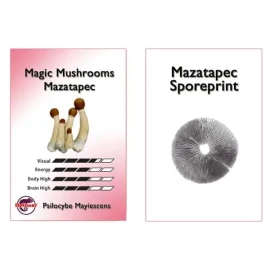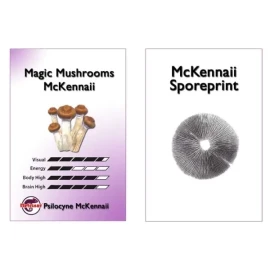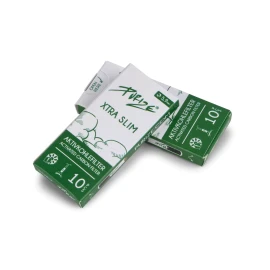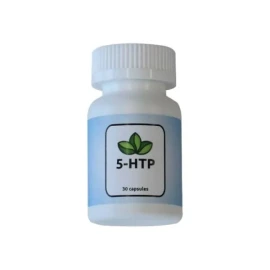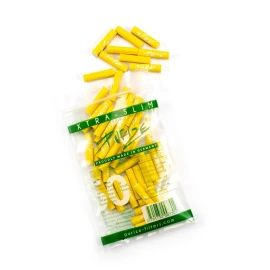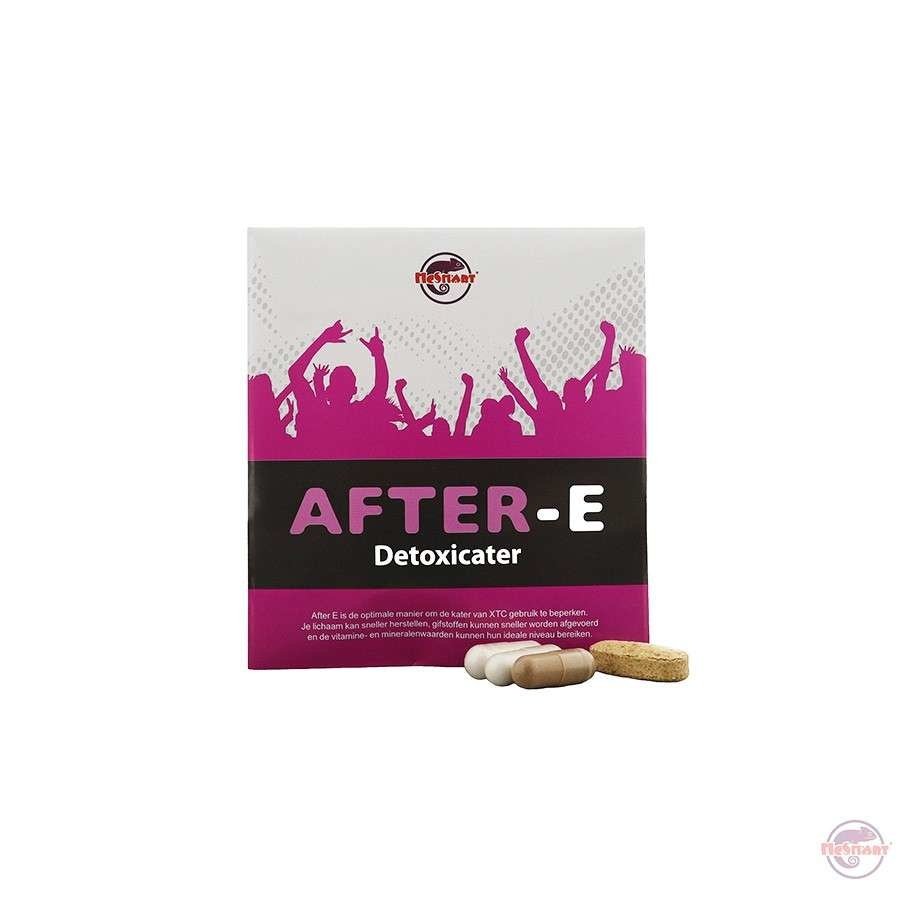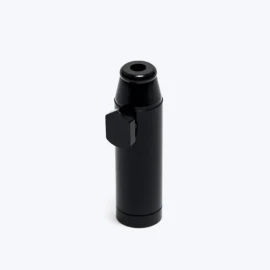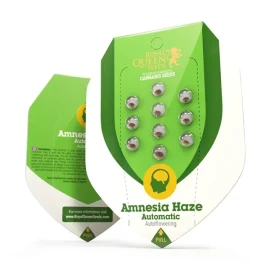McKennaii Sporeprint
20,00 €
Advanced Mycological Research Specimen for Serious Collectors
The McKennaii sporeprint represents one of the most sought-after psilocybe cubensis strains in the research community, offering exceptional spore viability and microscopic characteristics that make it invaluable for advanced mycological studies and educational purposes.
Key Research Features:
- Ultra-high spore density for optimal microscopic examination
- Distinctive spore morphology ideal for strain identification studies
- Professional laboratory-grade collection methods
- Sterile packaging maintaining specimen integrity
- Comprehensive strain documentation included
| Specimen Quality Guarantee | Educational Research Grade | Sterile Collection Process |
Quick Research Highlights
🔬 99.9% Spore Viability – Laboratory-tested spore density ensures reliable research outcomes
📐 Premium Collection Standards – Professional-grade harvesting techniques maintain specimen purity
🧪 Research Documentation – Complete strain lineage and morphological data included
🌿 Natural Preservation – Chemical-free collection process preserves authentic spore characteristics
📦 Secure Packaging – Protective storage maintains research specimen integrity during transport
Research Specimen Overview
The McKennaii sporeprint stands as a cornerstone specimen for serious mycological research, representing years of careful strain development and selection. This particular psilocybe cubensis variant exhibits unique microscopic characteristics that make it exceptionally valuable for comparative spore studies, morphological analysis, and educational mycology programs.
Our collection process follows strict laboratory protocols to ensure each sporeprint maintains the highest standards of purity and viability. The McKennaii strain demonstrates remarkable consistency in spore formation patterns, making it an ideal reference specimen for researchers studying psilocybe cubensis genetics and spore development cycles.
Each sporeprint undergoes rigorous quality assessment before packaging, ensuring researchers receive specimens that meet professional laboratory standards for microscopic examination and long-term storage applications.
Research Features & Applications
Microscopic Analysis Excellence
Premium spore density provides clear cellular structure visibility under standard laboratory microscopes. Researchers benefit from well-defined spore walls and consistent morphological features that facilitate accurate measurements and documentation. Ideal magnification range of 400x-1000x reveals intricate spore surface textures and internal structures essential for advanced mycological studies.
Strain Identification Studies
Distinctive spore characteristics enable precise strain differentiation in comparative research projects. The McKennaii exhibits unique spore size ratios and surface patterns that distinguish it from other psilocybe cubensis variants. Essential reference material for building comprehensive spore libraries and conducting phylogenetic analysis.
Educational Research Applications
Professional-grade specimens support academic mycology curricula and independent research projects. Clear spore definition facilitates student learning of fungal reproduction cycles and spore formation processes. Comprehensive documentation assists in understanding strain development and genetic stability over multiple generations.
Long-Term Storage Capabilities
Specialized collection and packaging methods ensure extended specimen viability for ongoing research programs. Proper storage conditions maintain spore integrity for years, supporting longitudinal studies and reference collection development. Temperature-stable storage requirements make specimens suitable for various laboratory environments.
Research Documentation Standards
Complete strain lineage information accompanies each specimen, including collection date, generation number, and morphological observations. Detailed provenance data supports research authenticity and enables proper citation in academic work. Quality control documentation ensures specimen meets laboratory research standards.
Comparative Mycology Support
Standardized collection methods enable accurate comparisons with other psilocybe cubensis strains and related species. Consistent preparation techniques ensure reliable results across different research applications. Essential component for comprehensive mycological research libraries and strain comparison studies.
Technical Specifications
| Strain Classification: | Psilocybe Cubensis – McKennaii Variant |
| Collection Method: | Sterile Laboratory Technique |
| Spore Density: | Ultra-High Concentration |
| Preservation: | Natural Air-Drying Process |
| Storage Medium: | Sterile Collection Paper |
| Packaging: | Protective Sealed Envelope |
| Documentation: | Complete Strain Information |
| Viability Period: | 2+ Years Proper Storage |
| Microscopy Range: | 400x-1000x Magnification |
| Research Grade: | Professional Laboratory Standard |
| Collection Generation: | F3+ Stabilized Line |
| Quality Control: | Multi-Point Verification |
Included Materials:
- Premium sporeprint specimen
- Strain documentation packet
- Storage instruction guide
- Research application notes
- Microscopy preparation guidelines
Research Applications & User Profiles
Academic Researchers: Graduate students and faculty conducting mycological studies benefit from reliable specimen quality and comprehensive documentation supporting thesis work and peer-reviewed publications.
Independent Mycologists: Serious hobbyist researchers appreciate professional-grade specimens that enable advanced microscopic studies and strain comparison projects in home laboratory settings.
Educational Institutions: Universities and colleges utilize high-quality specimens for teaching fungal biology courses and training students in proper microscopic examination techniques.
Specimen Collectors: Dedicated mycology enthusiasts building comprehensive research libraries value authentic strain samples with verified provenance and professional collection standards.
Laboratory Technicians: Professional facilities require consistent specimen quality for comparative studies, quality control testing, and research protocol development across multiple projects.
Research Methodology & Best Practices
Specimen Preparation Protocol
Begin research by carefully removing sporeprint from protective packaging using sterile technique. Examine specimen under low magnification to assess overall spore distribution and density patterns. Document initial observations including color variations and coverage uniformity before proceeding with higher magnification studies.
Microscopic Examination Guidelines
Prepare microscope slides using standard mycological mounting techniques with appropriate mounting media. Begin examination at 400x magnification to identify general spore morphology before advancing to 1000x for detailed cellular structure analysis. Record measurements and morphological observations using standardized mycological terminology.
Documentation Standards
Maintain detailed research logs including observation dates, magnification levels, environmental conditions, and photographic documentation. Record spore measurements, surface texture descriptions, and any unique characteristics observed during examination sessions. Compare findings with established mycological references and previously documented specimens.
Storage & Preservation
Store specimens in cool, dry conditions away from direct light and moisture exposure. Maintain stable temperature conditions between 60-70°F for optimal long-term viability. Use desiccant packets if storing in humid environments and check specimens periodically for signs of deterioration or contamination.
Research Safety Protocols
Follow standard laboratory safety procedures when handling biological specimens. Use appropriate personal protective equipment including gloves and eye protection during examination sessions. Ensure proper ventilation in research areas and dispose of research materials according to institutional guidelines.
Quality Assurance & Research Standards
Professional Collection Standards: Each specimen undergoes rigorous quality assessment using established mycological protocols. Multiple verification points ensure consistent spore density and viability across all research specimens.
Laboratory Testing: Independent quality control testing confirms spore viability rates and verifies strain authenticity through morphological analysis and comparison with reference standards.
Research Documentation: Comprehensive chain of custody documentation accompanies each specimen, including collection methods, storage conditions, and quality control results supporting research authenticity.
Storage Optimization: Specialized packaging maintains optimal specimen conditions during transport and storage, ensuring researchers receive materials in pristine condition ready for immediate examination.
Research Support & Guidance
Microscopy Optimization Tips
Achieve optimal results by using appropriate lighting conditions and proper slide preparation techniques. Oil immersion objectives provide superior resolution for detailed spore wall examination. Digital photography documentation enables precise measurement and detailed morphological studies.
Strain Comparison Methods
Develop standardized measurement protocols for accurate strain differentiation studies. Maintain consistent environmental conditions during examination sessions to ensure reliable comparative data. Use established mycological references for accurate morphological classification.
Long-Term Research Planning
Plan research projects considering specimen viability timelines and storage requirements. Coordinate multiple research applications to maximize specimen utilization and research value. Document findings systematically to support ongoing research programs and future specimen acquisitions.
Frequently Asked Questions
What magnification levels work best for spore examination?
Standard laboratory microscopes at 400x-1000x magnification provide optimal spore detail visibility. Oil immersion objectives at 1000x reveal finest morphological features for advanced research applications.
How should specimens be stored for maximum research viability?
Store in cool, dry conditions at stable temperatures between 60-70°F. Avoid moisture exposure and direct sunlight. Properly stored specimens maintain research viability for 2+ years.
What documentation accompanies research specimens?
Each specimen includes complete strain information, collection data, generation lineage, and quality control documentation supporting research authenticity and proper citation.
Are specimens suitable for educational microscopy programs?
Professional-grade collection standards make specimens ideal for academic curricula and student training in mycological examination techniques and strain identification methods.
What preparation techniques work best for microscopic examination?
Standard mycological mounting techniques using appropriate mounting media provide optimal results. Begin with low magnification overview before proceeding to detailed high-magnification studies.
Research Applications & Cross-References
Complementary Research Materials:
- Standard microscopy mounting media for optimal spore examination
- Digital microscopy equipment for documentation and measurement
- Mycological reference texts for morphological comparison
- Laboratory storage solutions for specimen preservation
- Research documentation supplies for systematic record keeping
Advanced Research Combinations:
- Multi-strain comparison sets for comprehensive morphological studies
- Reference specimen libraries for educational program development
- Quality control standards for laboratory protocol establishment
Research Compliance & Educational Use
This research specimen is intended exclusively for microscopic examination, educational purposes, and mycological research applications. All materials comply with applicable regulations governing biological research specimens and educational materials.
Specimens support legitimate scientific research, academic study programs, and mycological education initiatives. Research applications include spore morphology studies, strain identification protocols, and comparative mycological analysis.
Users should familiarize themselves with local regulations governing biological research materials and ensure compliance with applicable educational and research guidelines in their jurisdiction.
Related Products
Frequently Asked Questions
Everything You Need to Know

